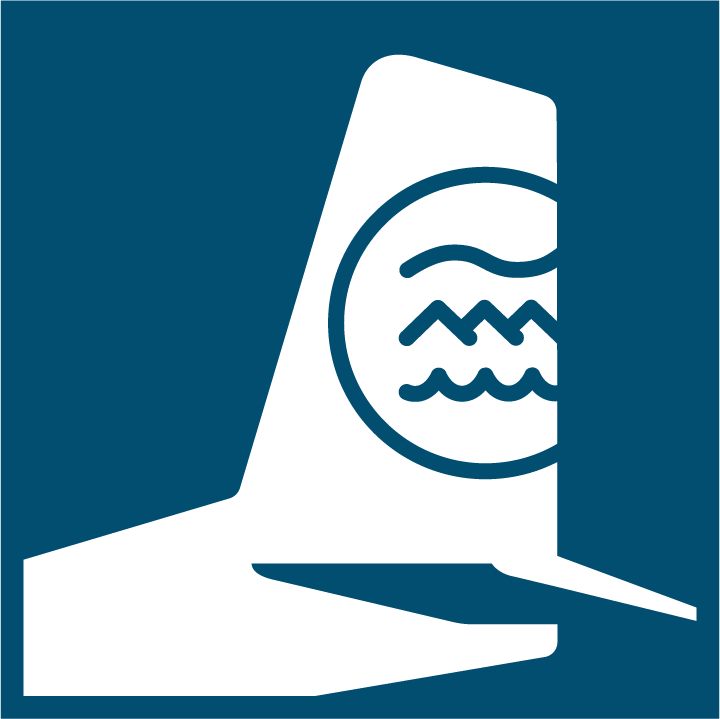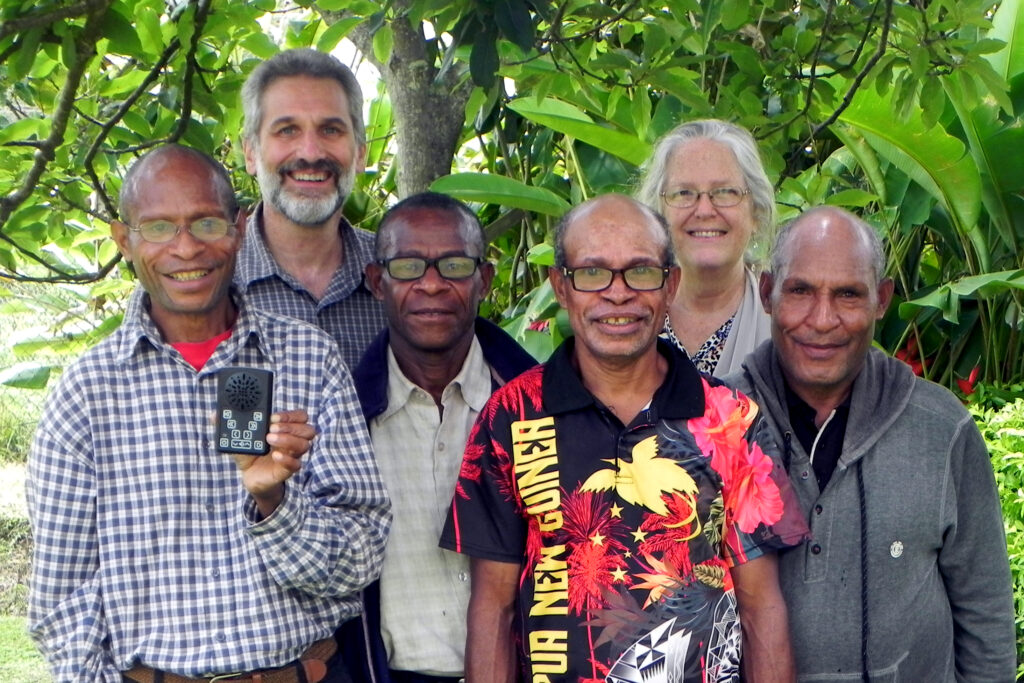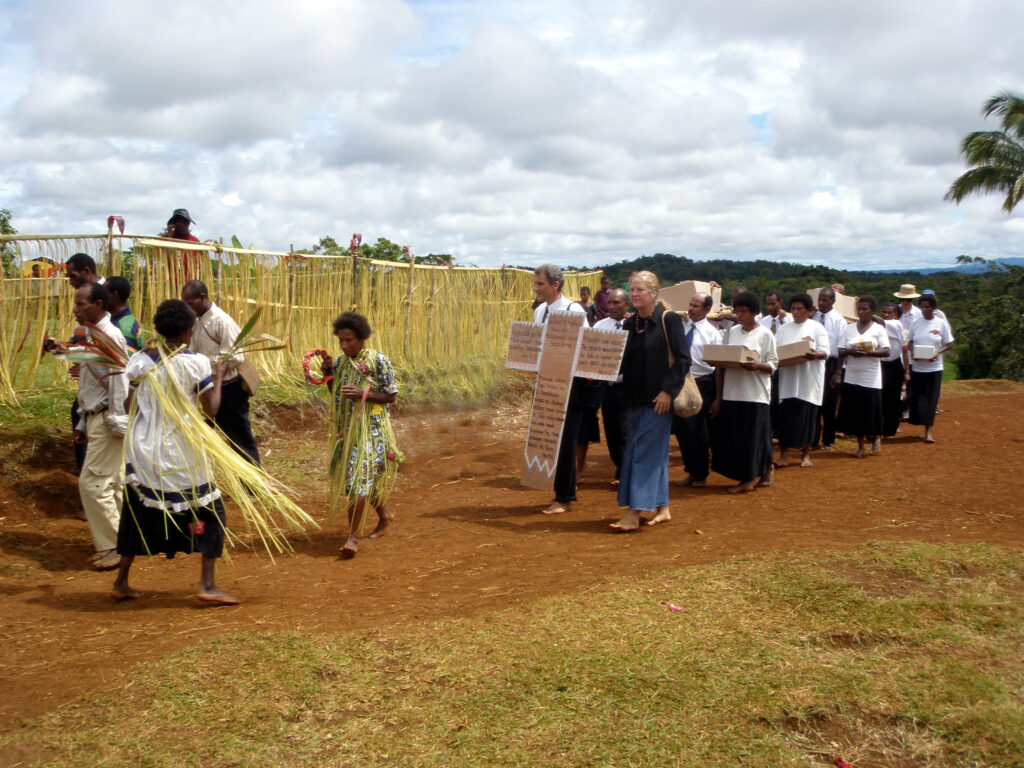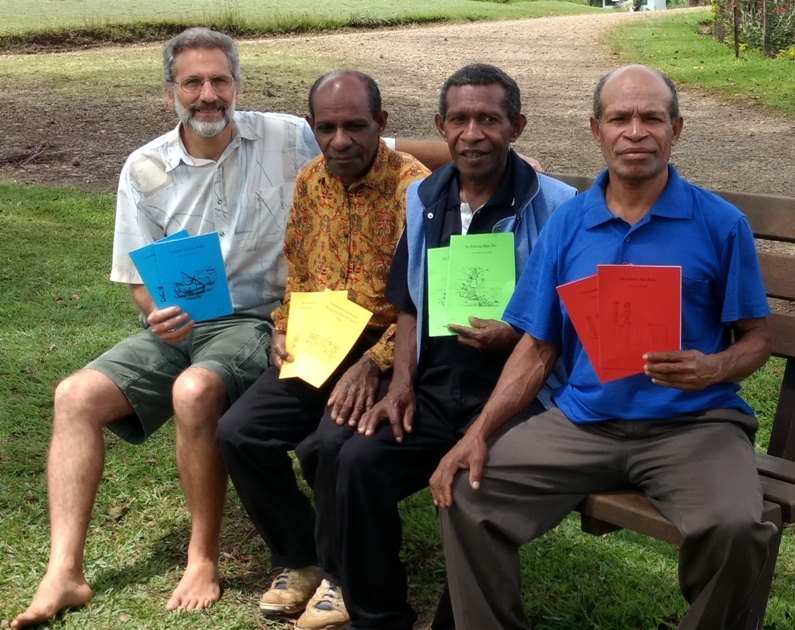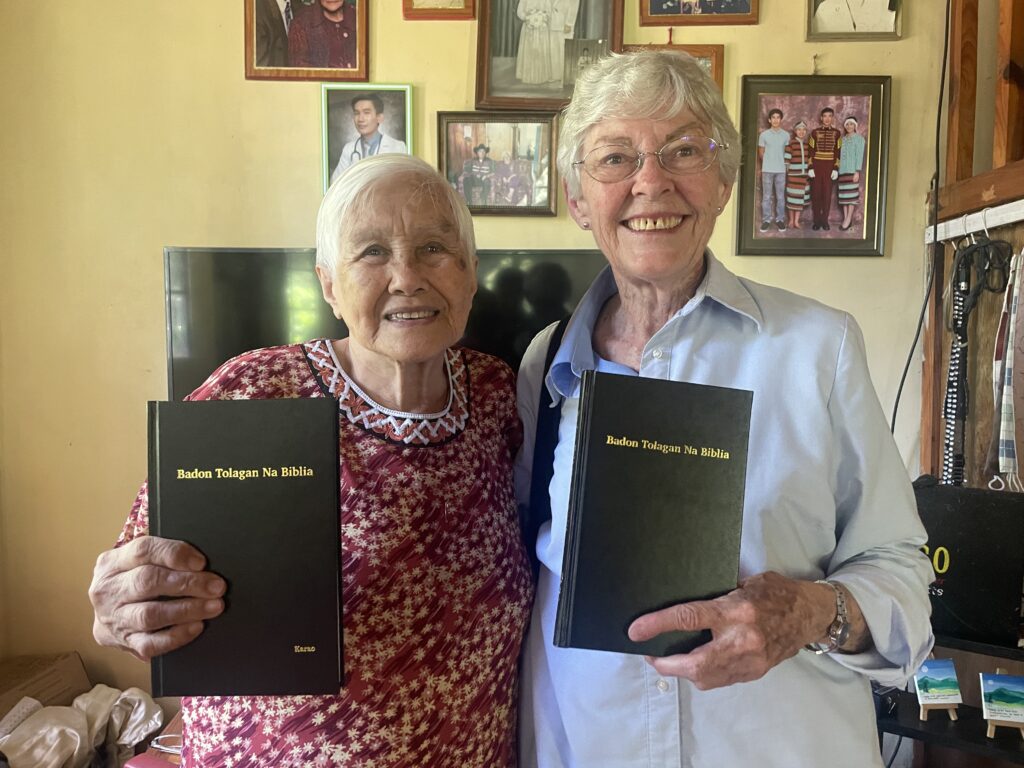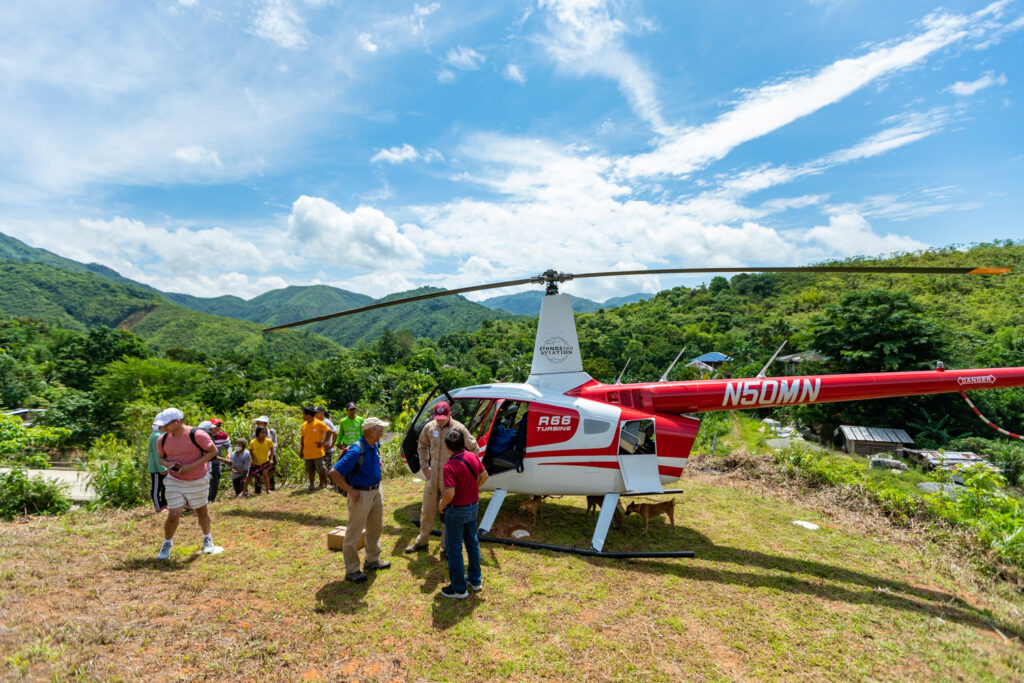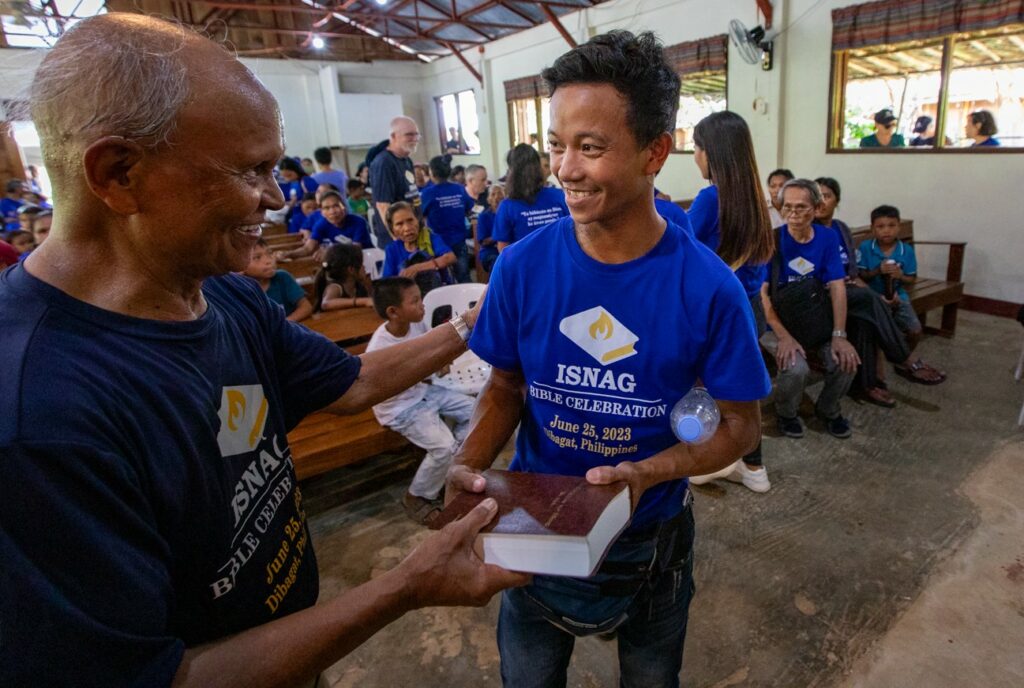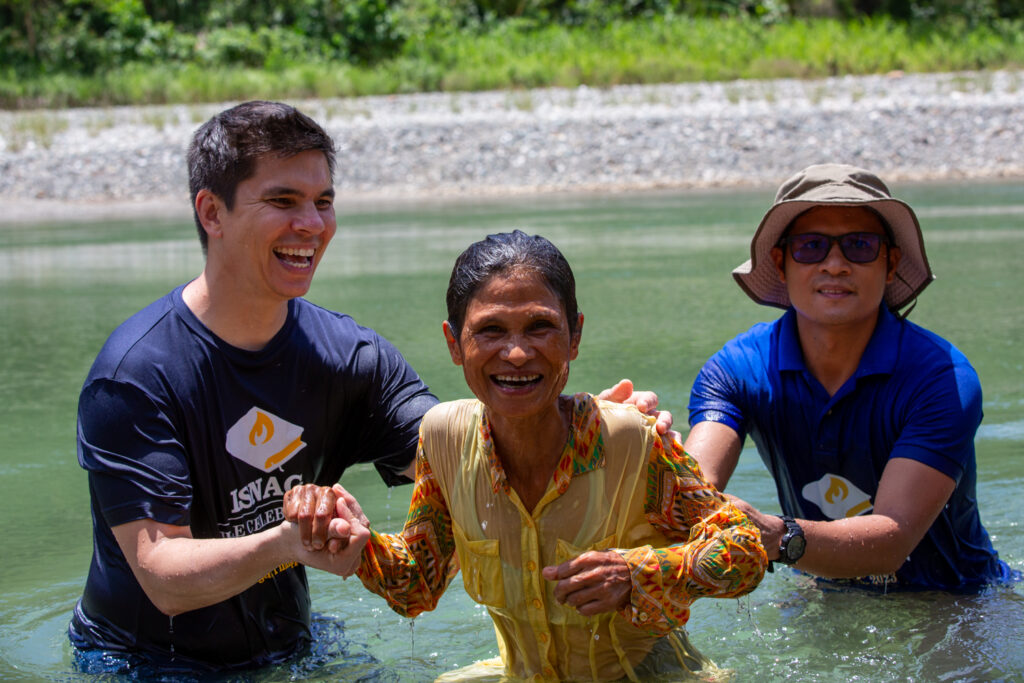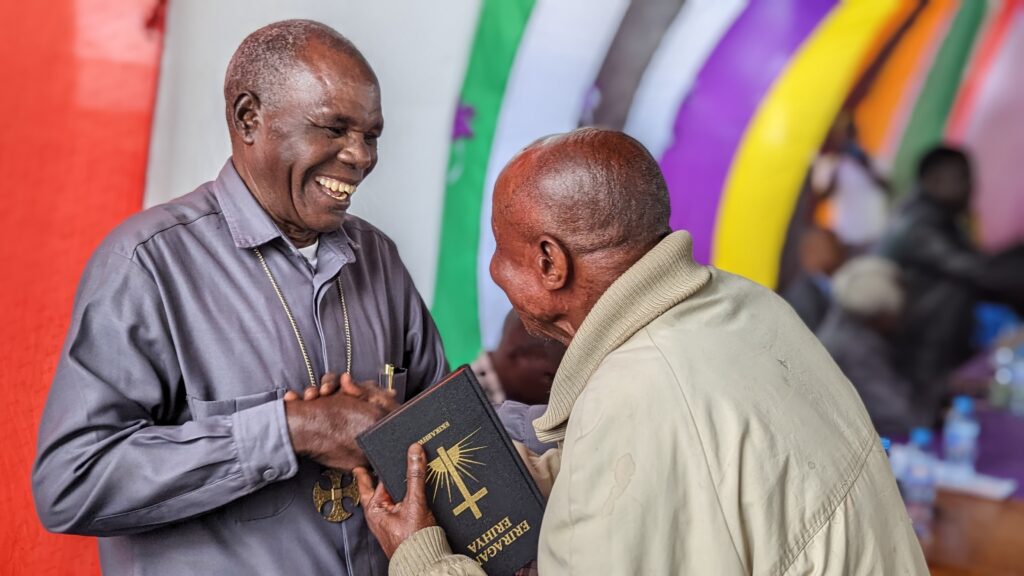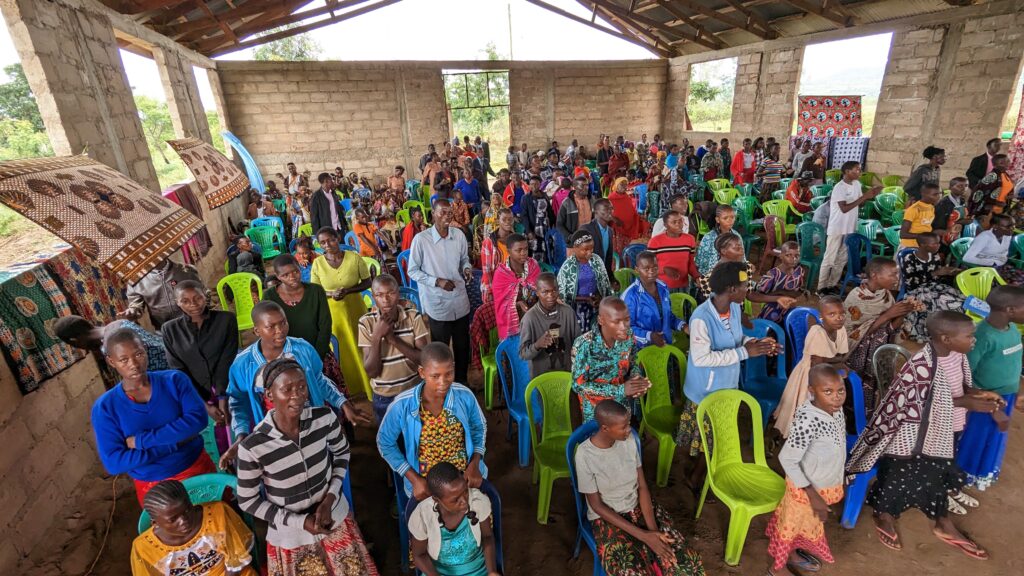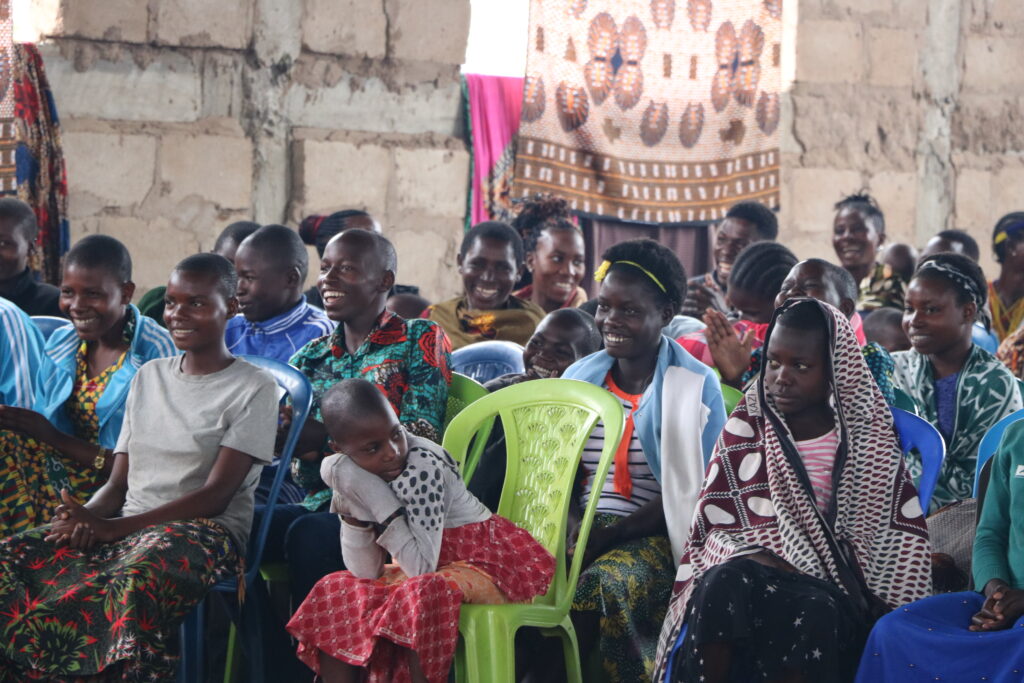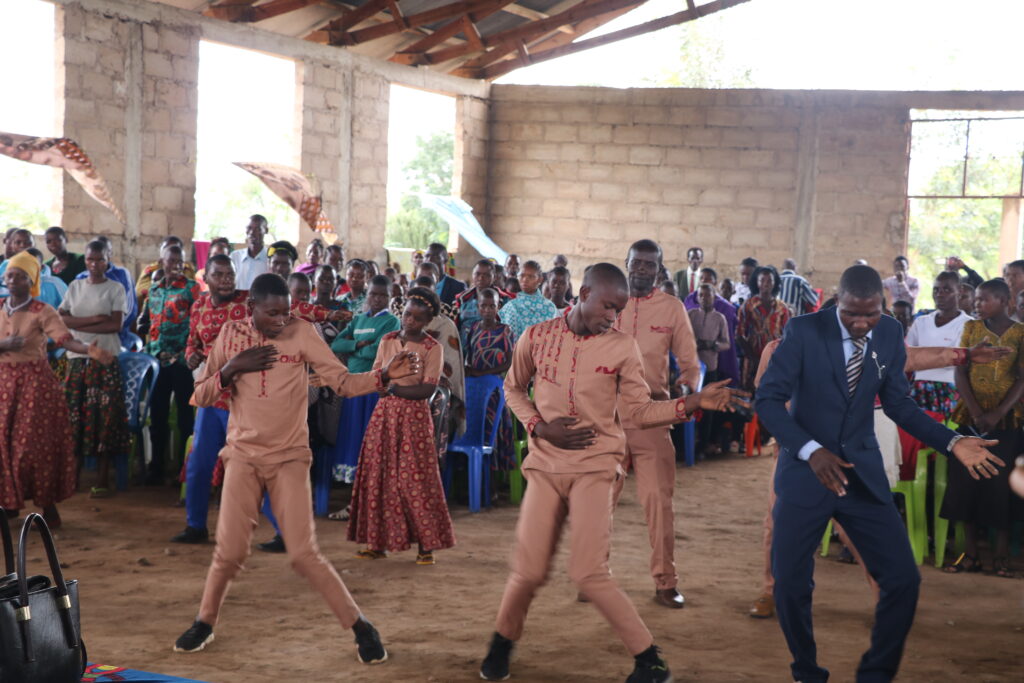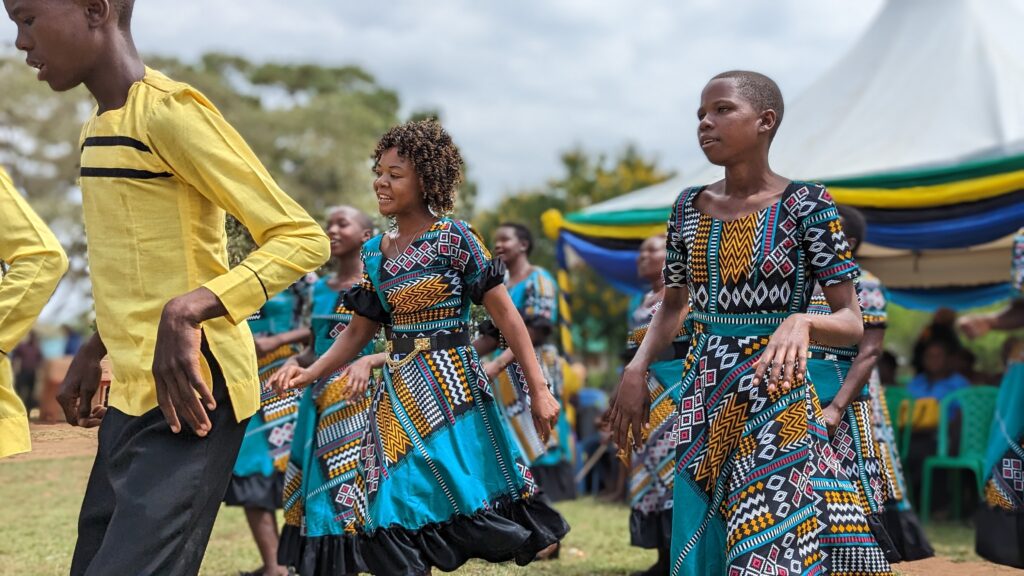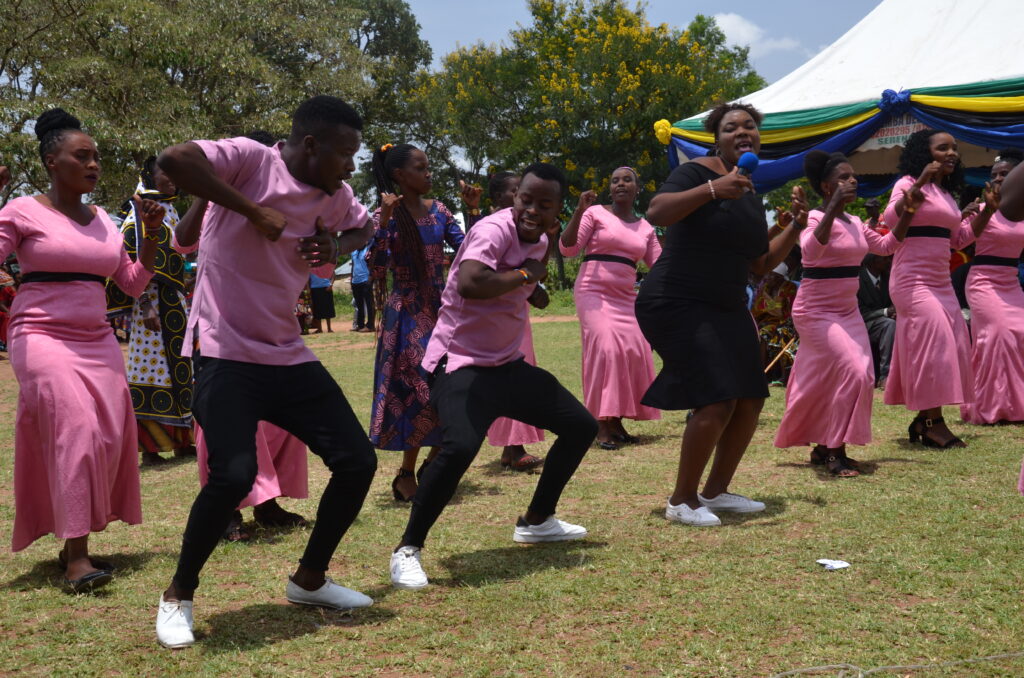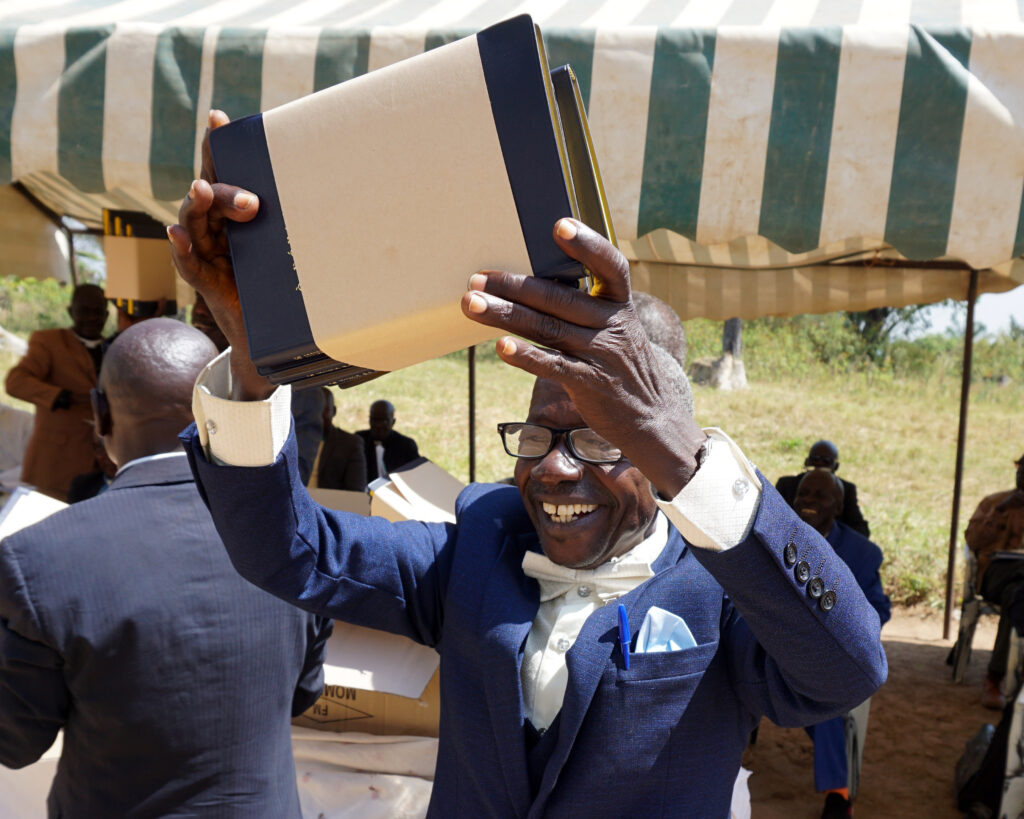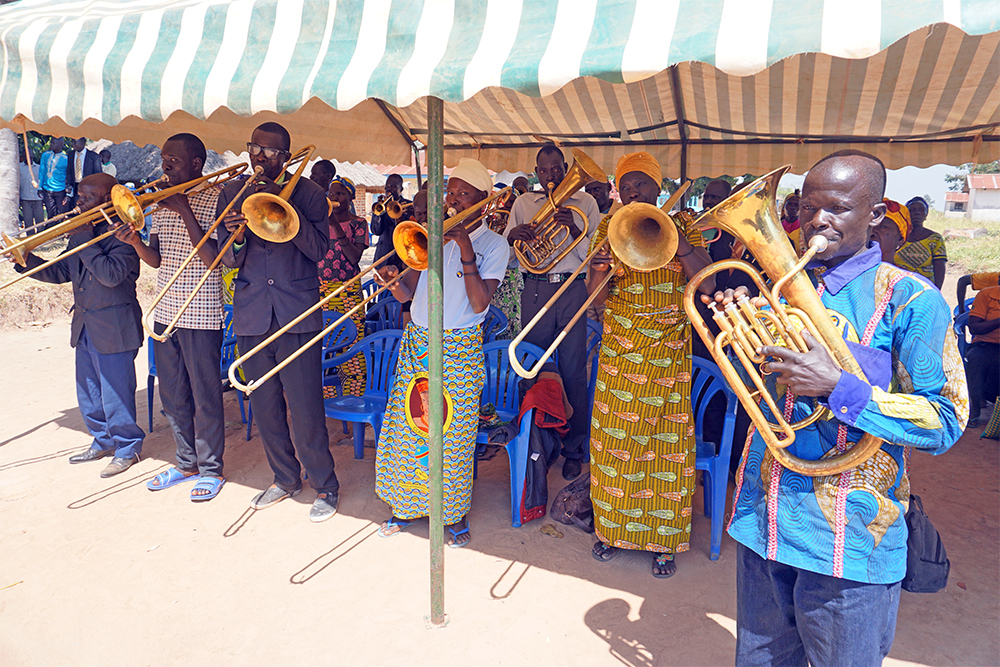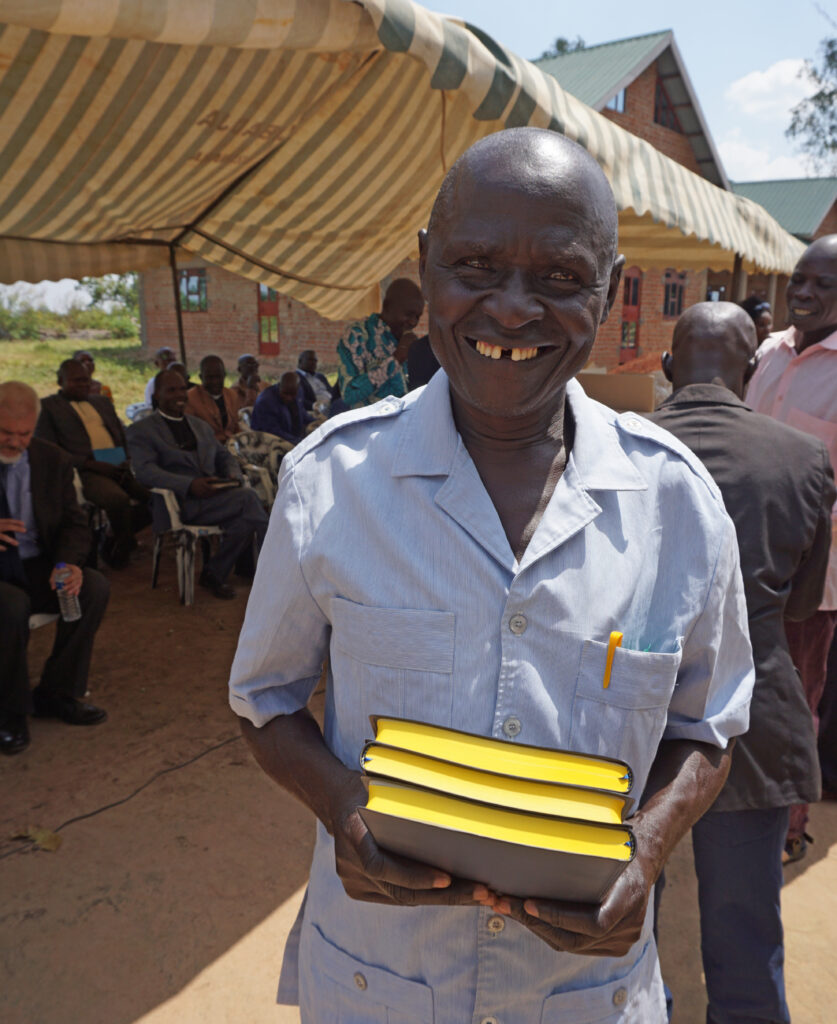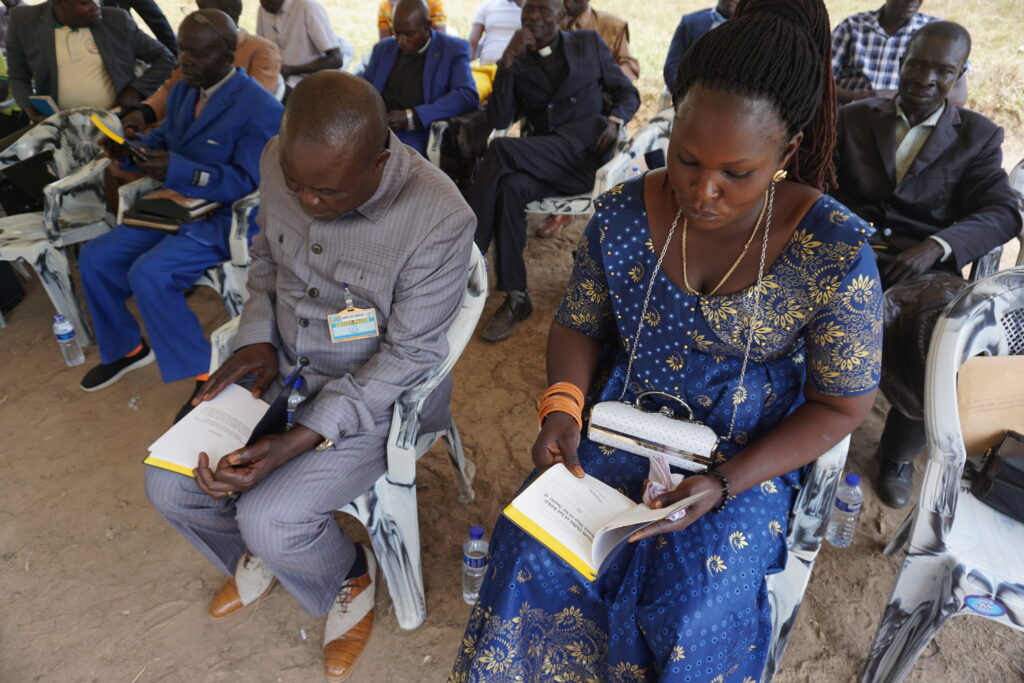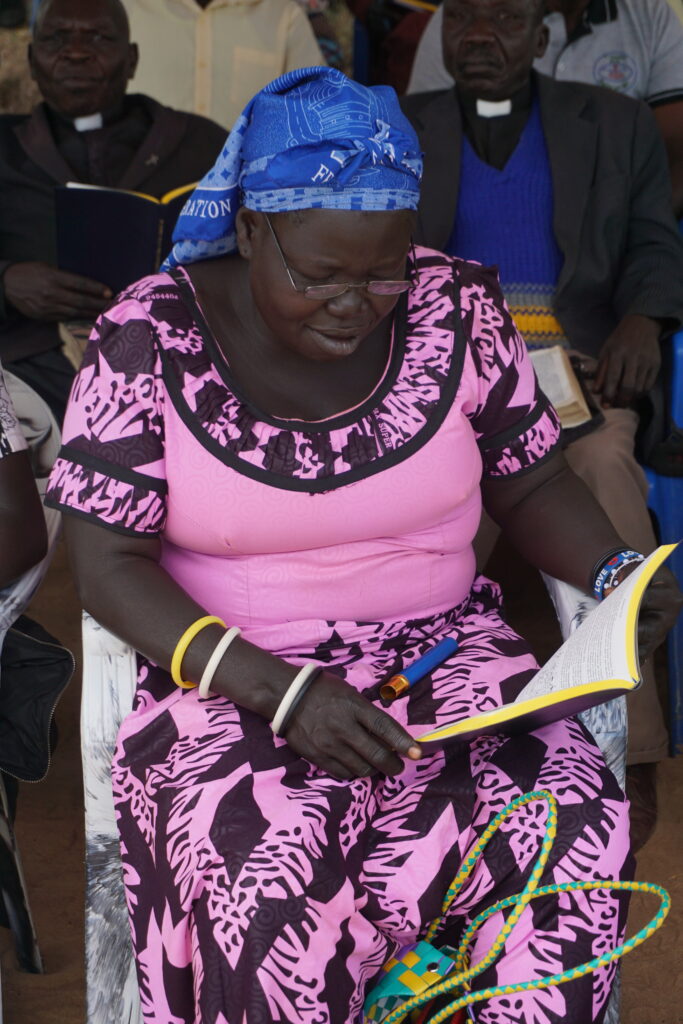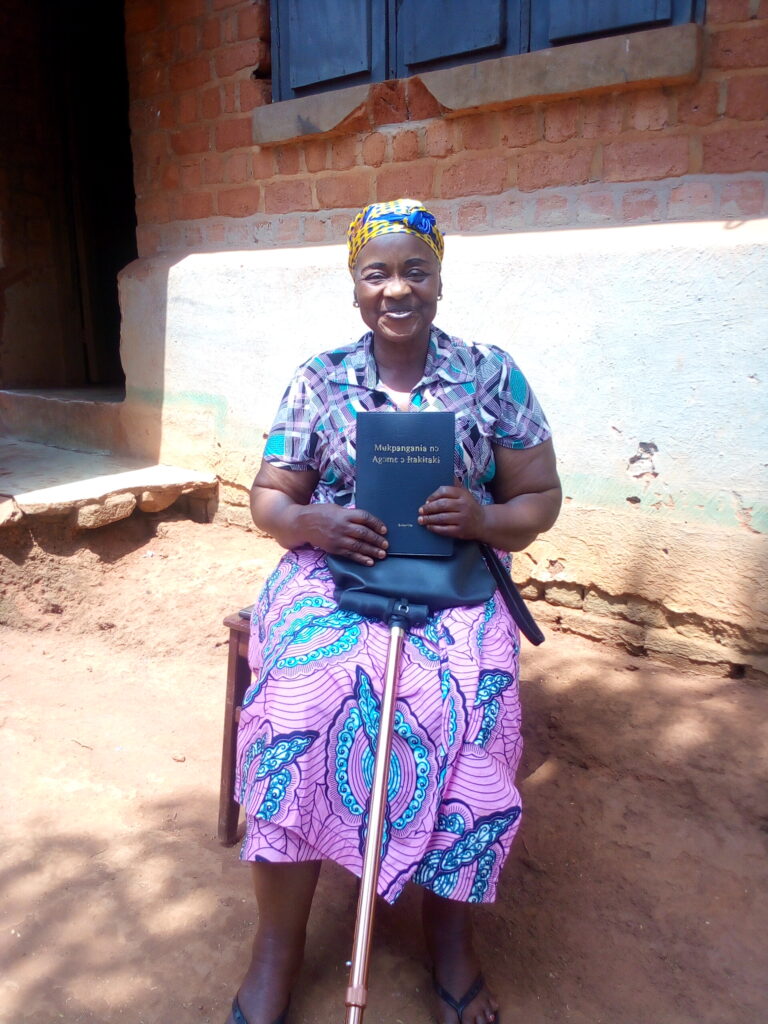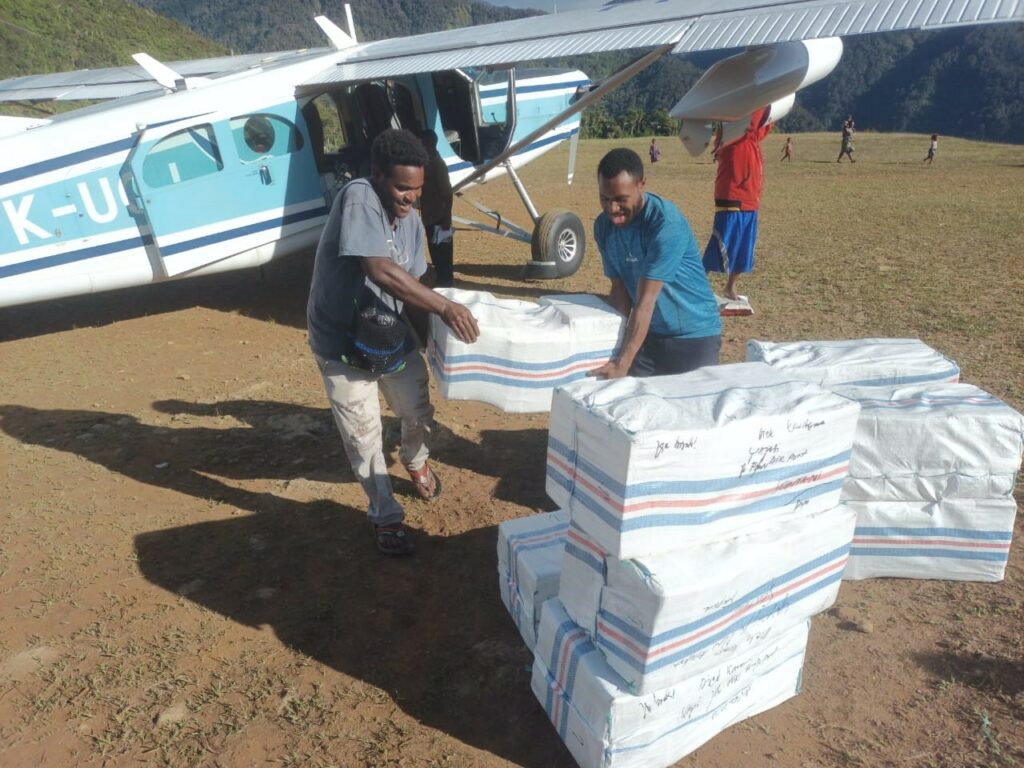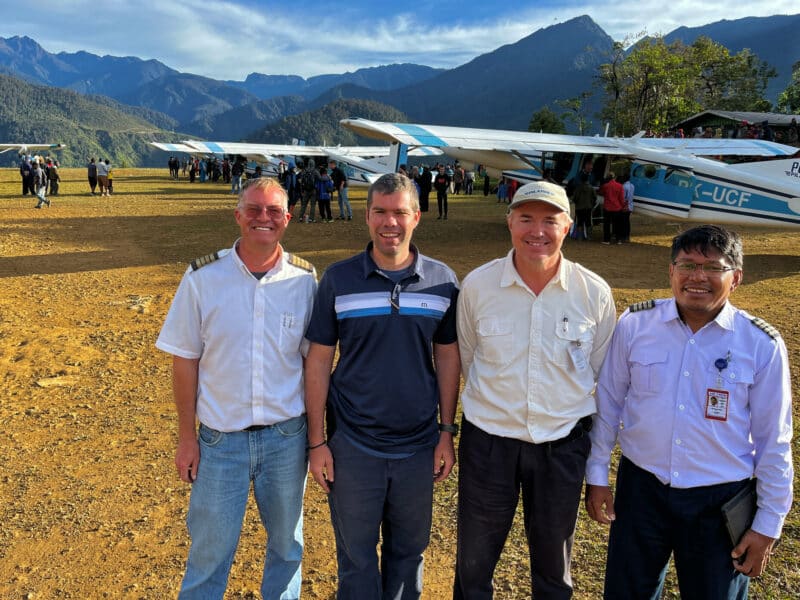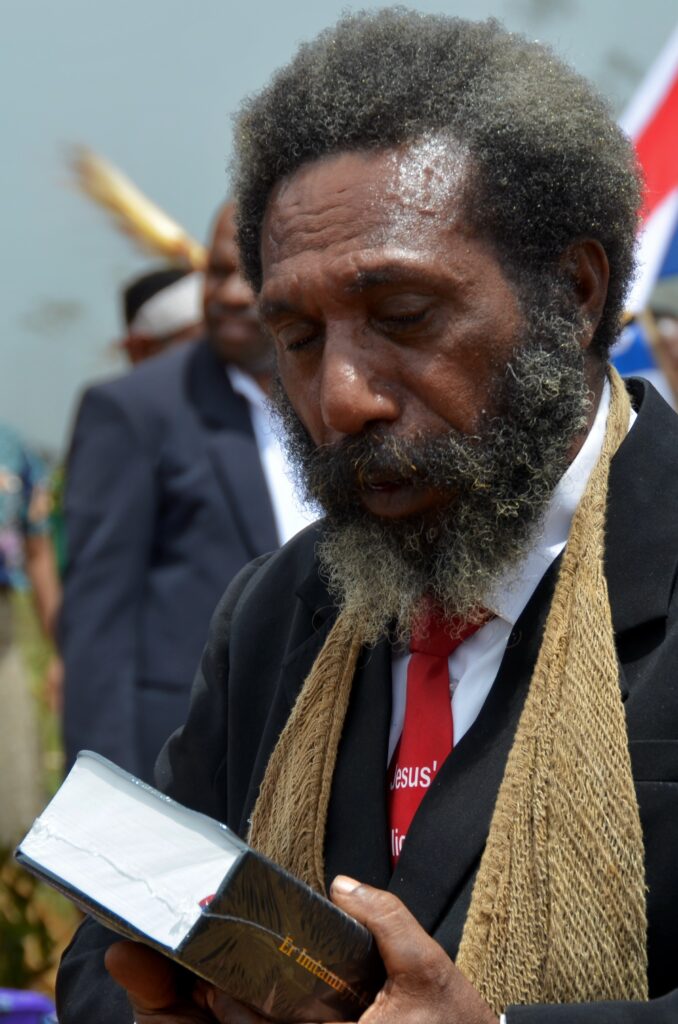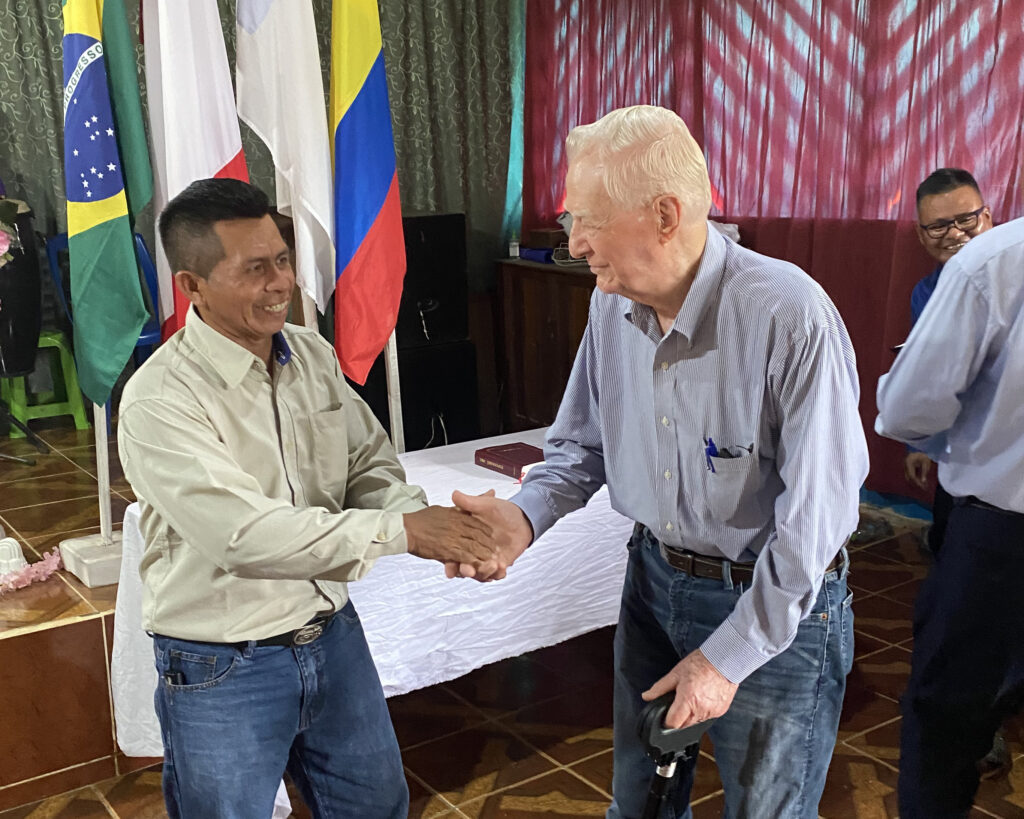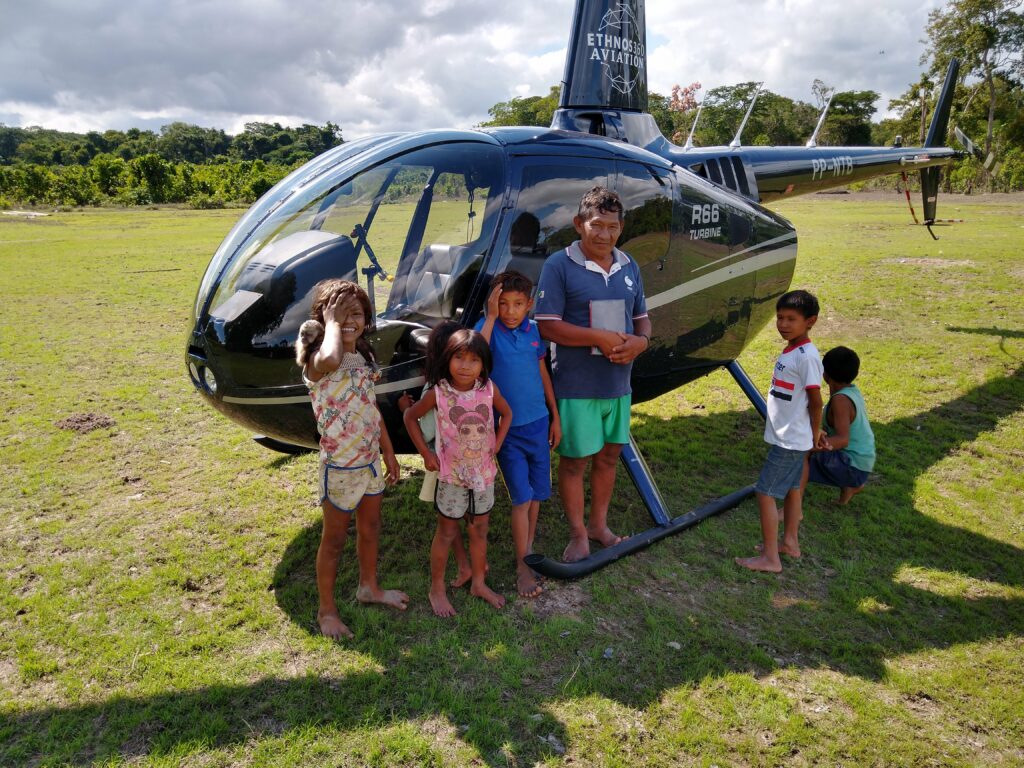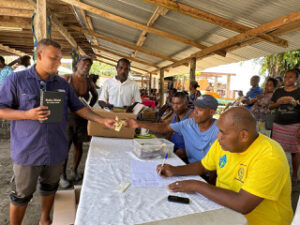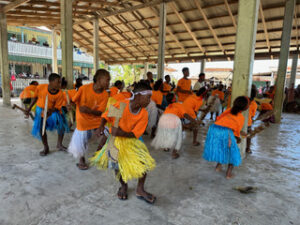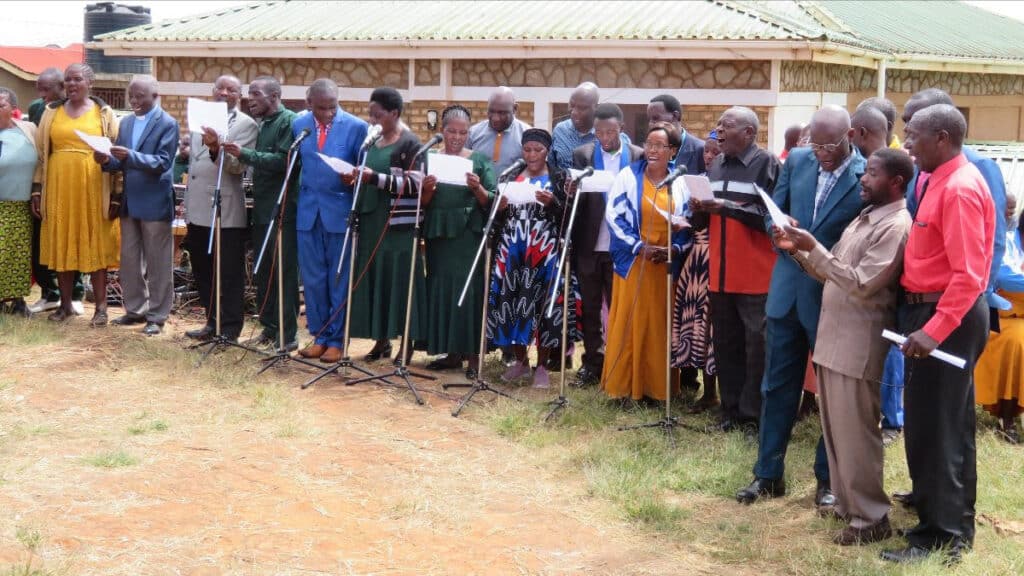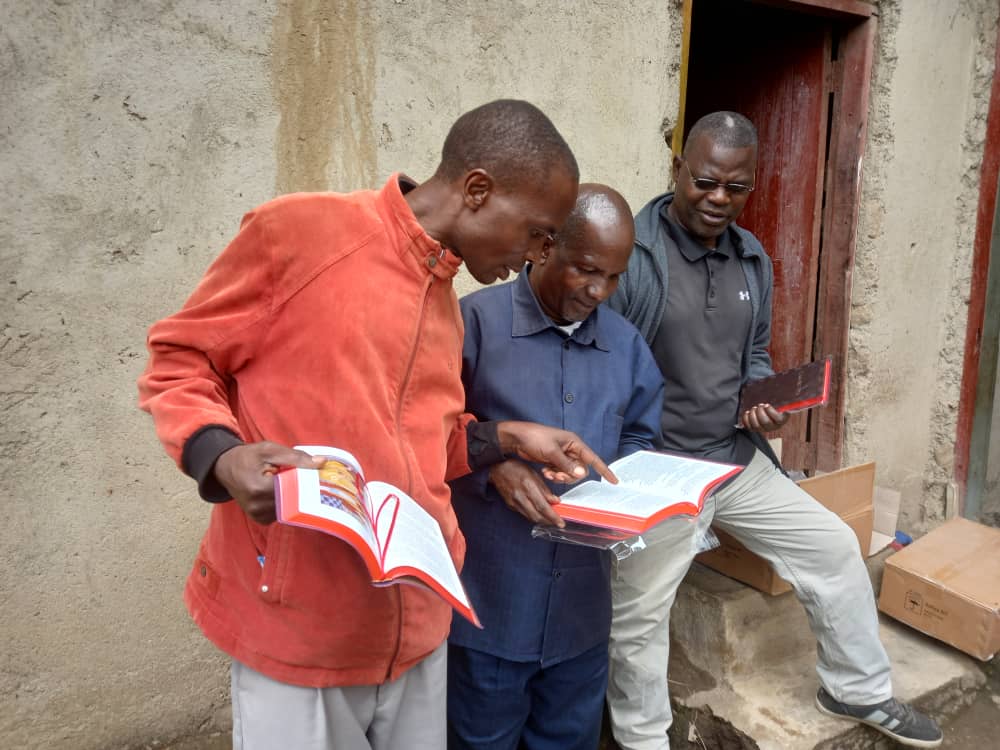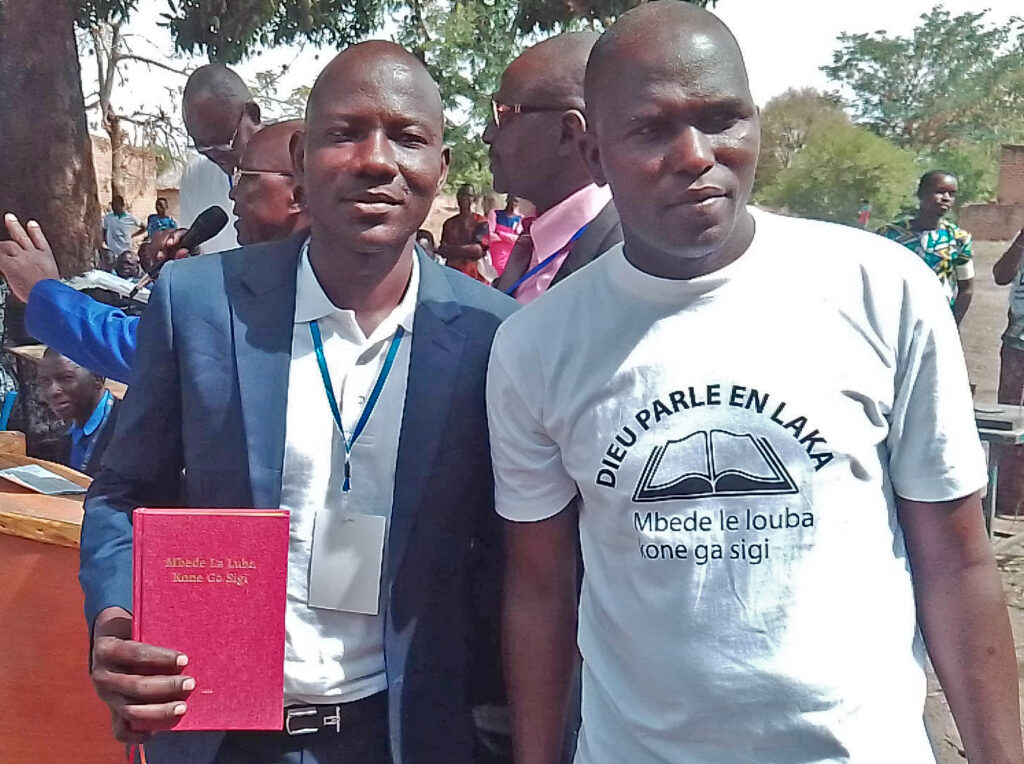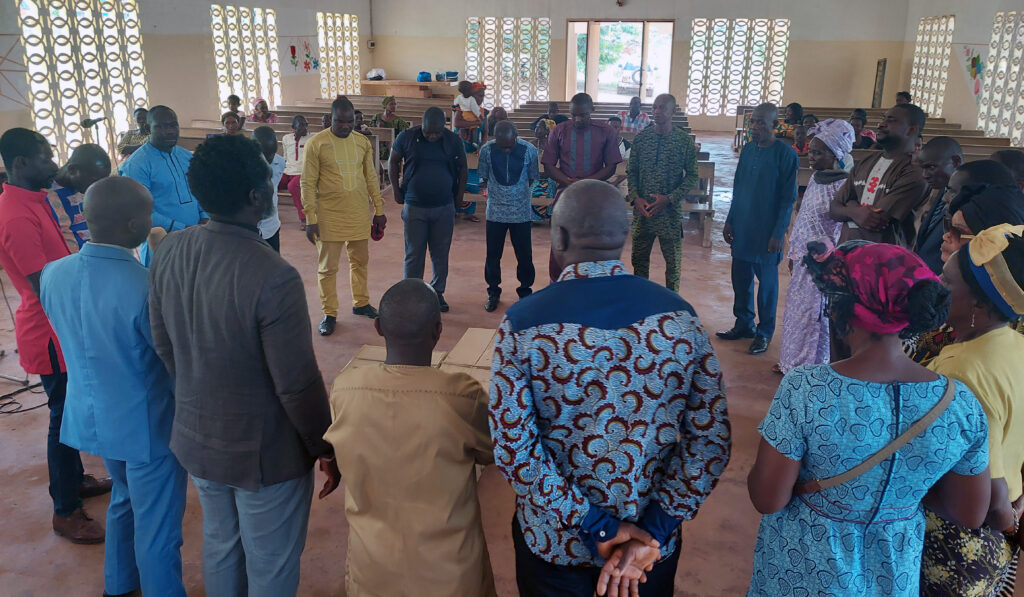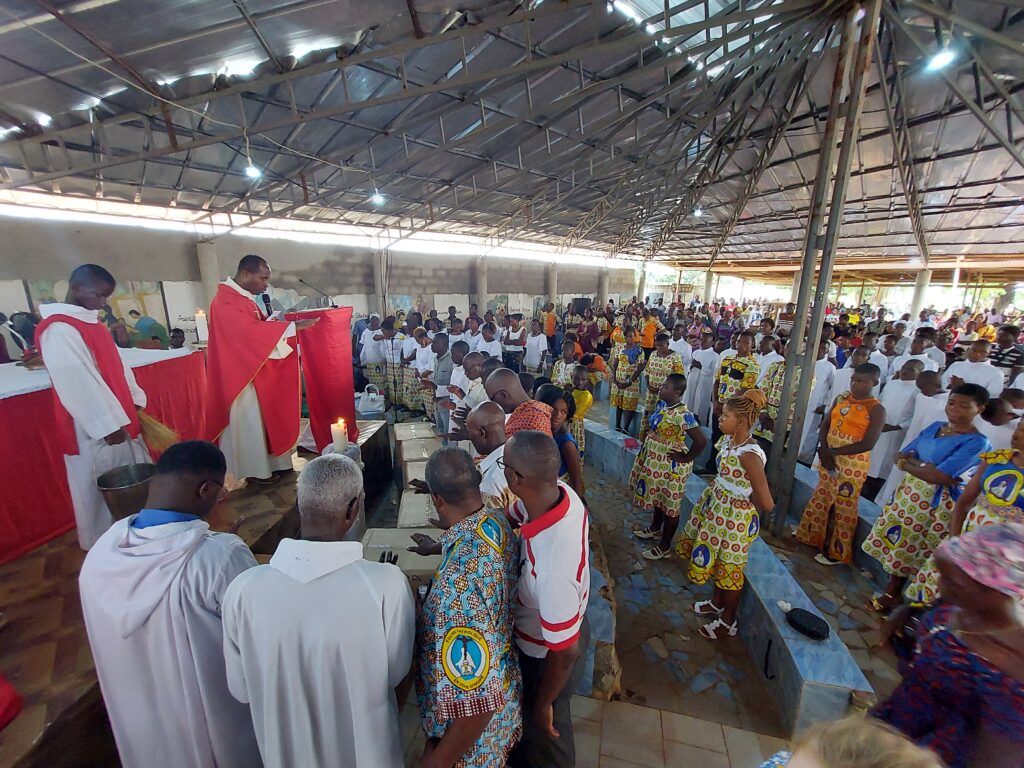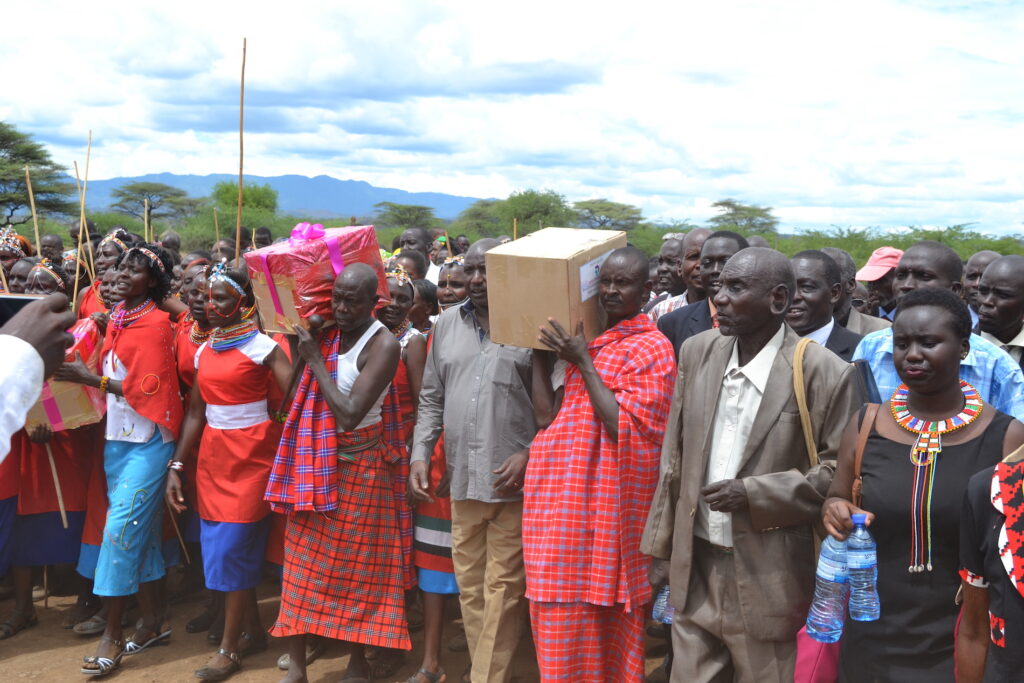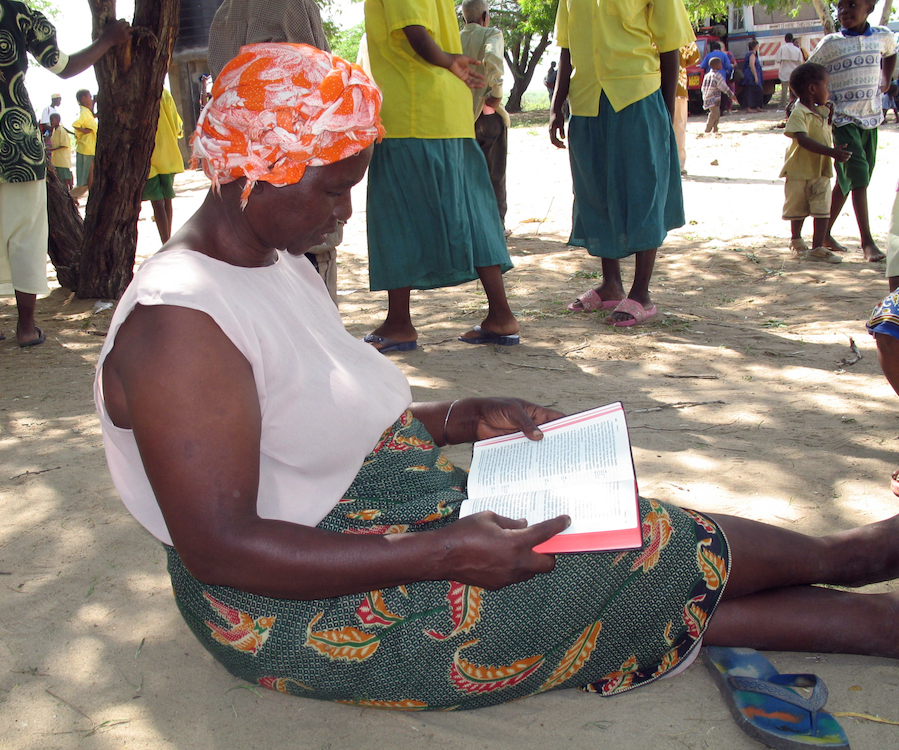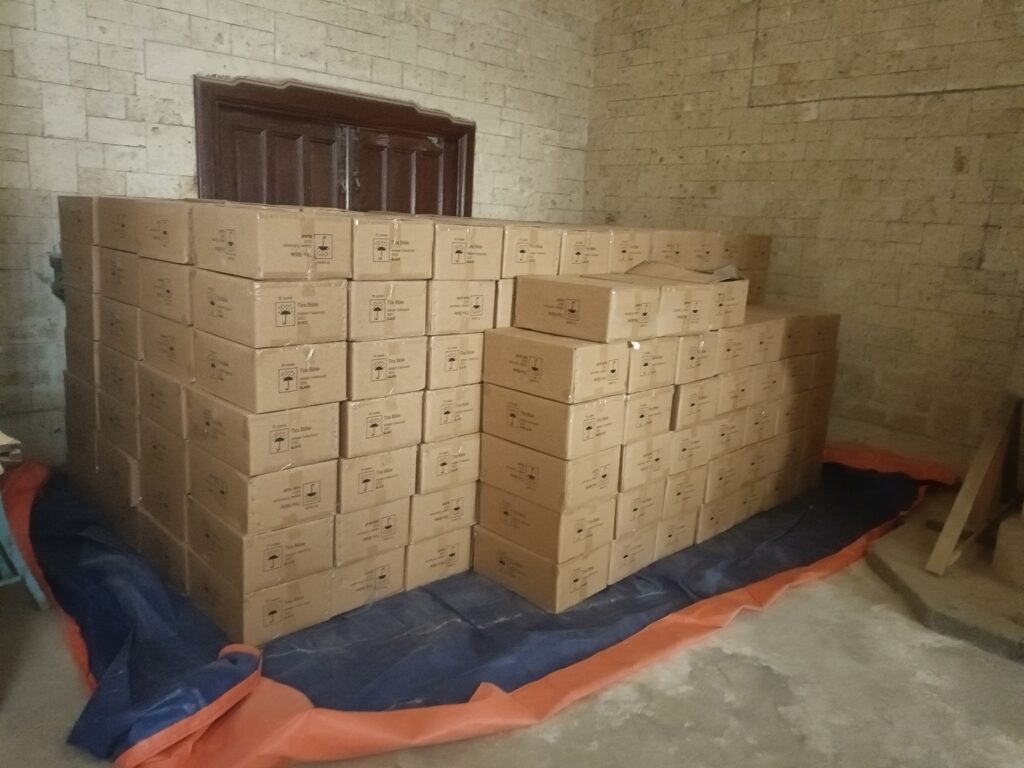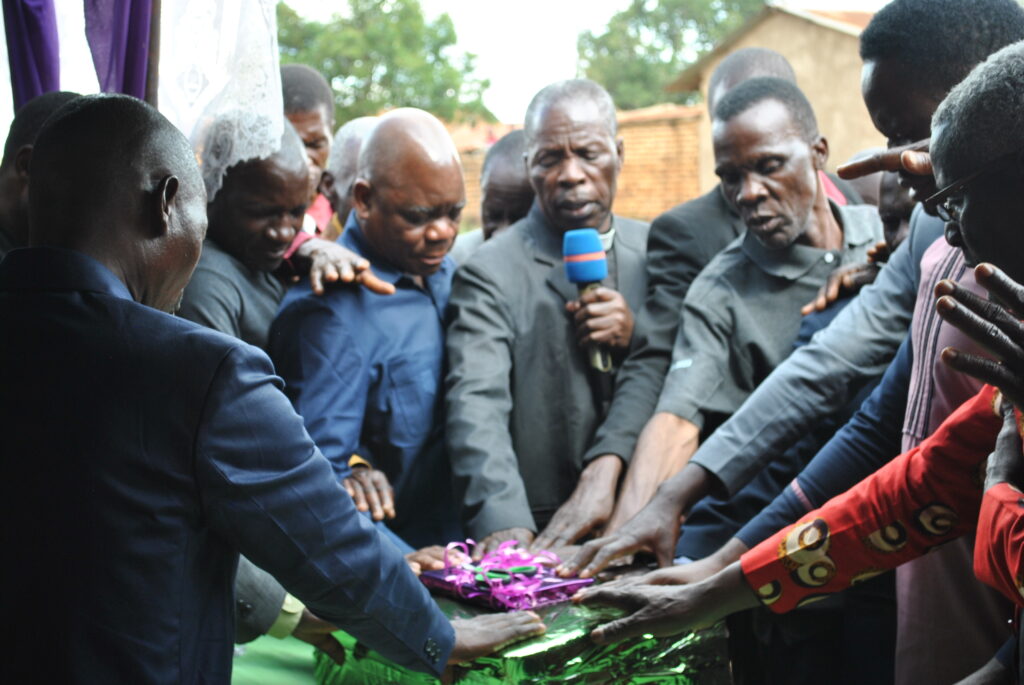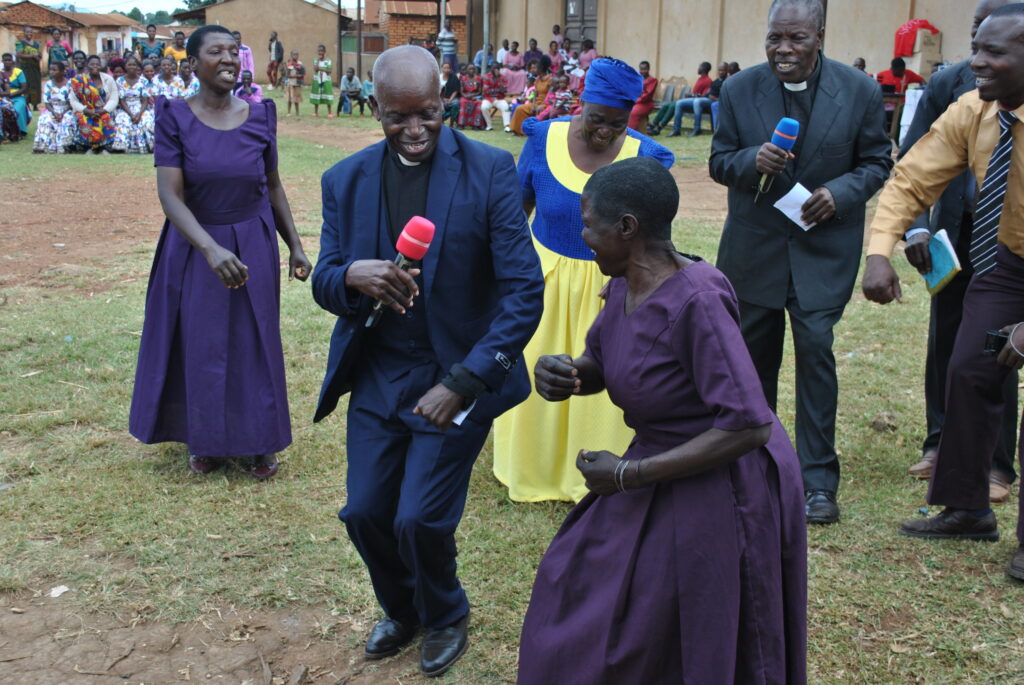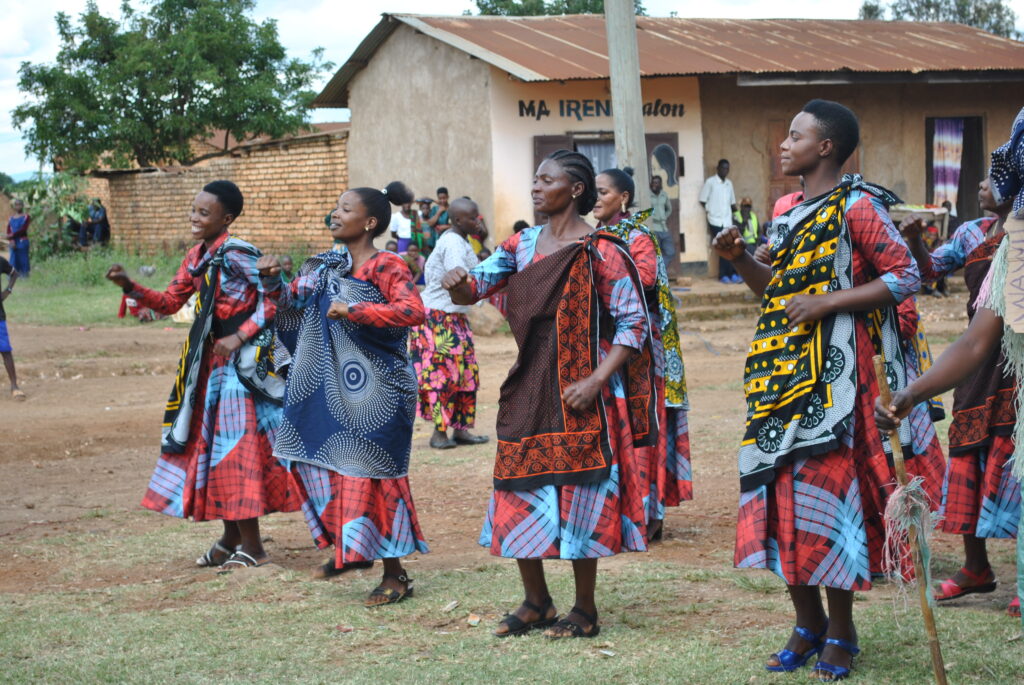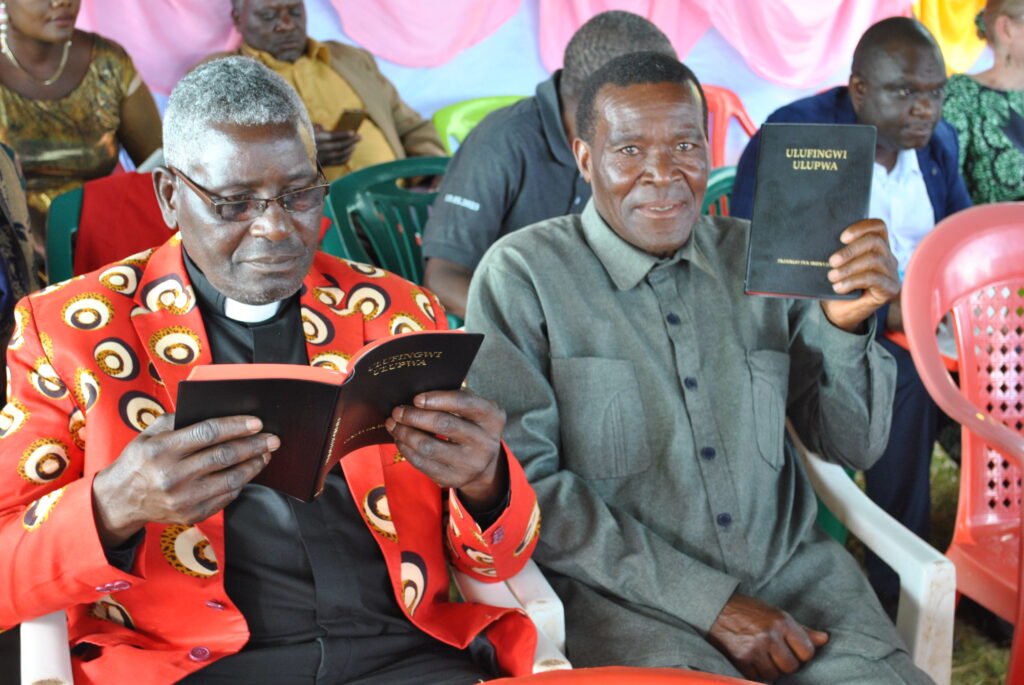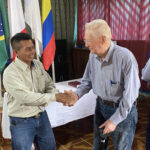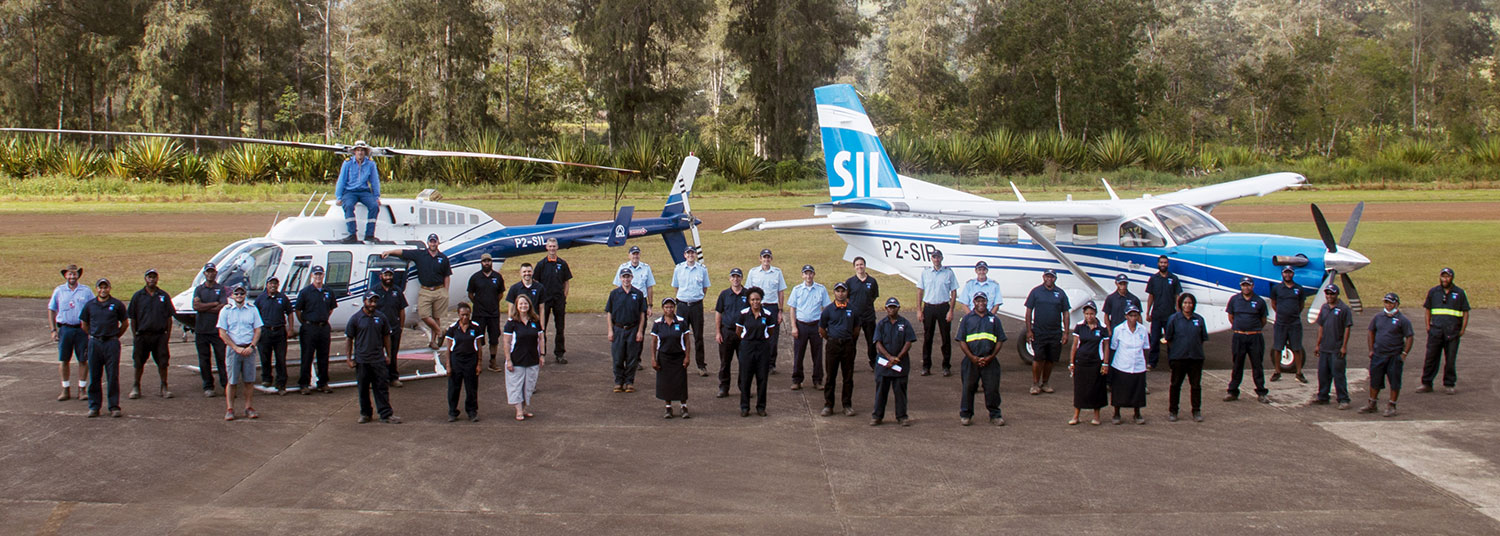When Upsets Don’t Have to be Upsetting
Somewhere in the skies over St. Augustine, Florida, JAARS pilot Rachael Stoner found her aircraft buffeting heavily in a steep dive with more than a 60-degree bank angle. The ground was rushing up quickly. Calmly, Rachael looked to the horizon to orient herself, pushed forward on the control stick to regain lift, rolled the wings level, and smoothly pulled the aircraft out of its dive. Disaster was averted.
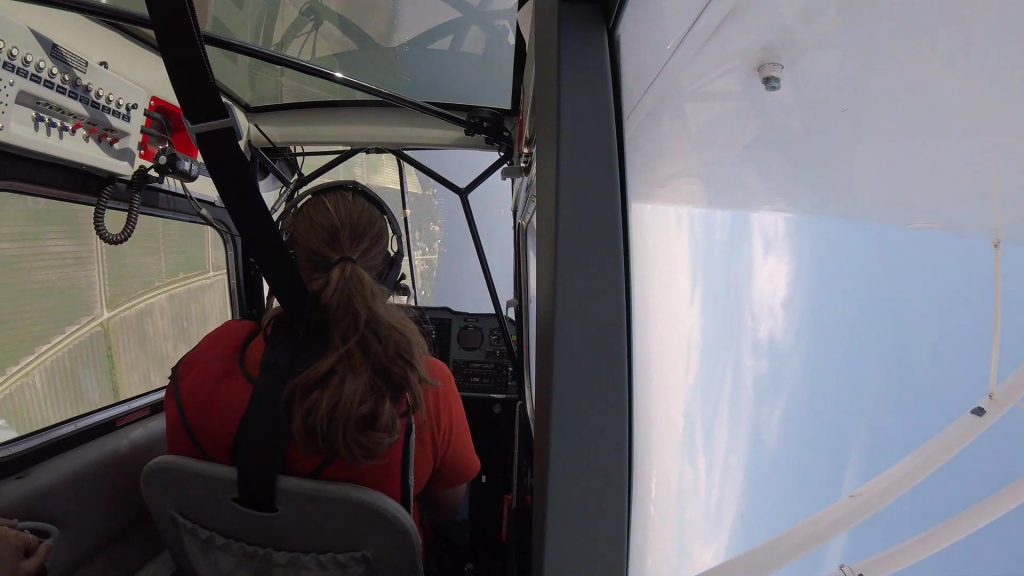
This was just one of several recoveries Rachael made during her training for how to handle “aircraft upsets”—a term used to describe an aircraft’s unexpected departure from normal flight. This could happen for a variety of reasons including a pilot’s disorientation following inadvertent entry into bad weather, a distraction in the cockpit, or perhaps a student’s mistake while undergoing training. Whatever the cause, the pilot must quickly assess the situation and then apply the techniques taught in the course: look (find the horizon), unload (remove pressure on the flight-control surface that is preventing normal flight), roll (level the wings), recover (return the aircraft to normal flight).
Months ago, Rachael had found herself in an aircraft upset while working with a student pilot. She was able to recover successfully, but this experience alerted her to a possible problem. “Was I always prepared to recover from an unexpected flight condition?” she asked herself. Because she couldn’t honestly answer with a resounding yes, she felt the need for additional training.
To pursue this, Rachael coordinated with JAARS Aviation’s training staff to enroll her in an upset-recovery training course. Patty Wagstaff, an internationally known aerobatic pilot who still performs regularly at air shows, offers this upset-recovery training at Patty Wagstaff Aviation Safety in St. Augustine. From the course description, Rachael could tell it was exactly what she was looking for.
Loss of Control In-flight (LOC-I) is the leading cause of aviation fatalities today. Our goal is to help students understand the causes of upsets that can lead to LOC-I and learn to recognize and avoid them and, when necessary, recover from them.
After finishing the requisite aerobatics training, Rachael completed the one-day training, which included two one-hour flights in an aerobatic aircraft to practice numerous upset scenarios. After the training, Rachael could list these accomplishments:
- gained skill and confidence to recognize and avoid upset conditions
- learned how to make appropriate and timely flight-control inputs when facing an upset
- learned lifesaving upset-recovery skills that apply to any aircraft she will fly
- experienced conditions outside the “normal” envelope of controlled flight, but in a safe and predictable environment

A number of JAARS pilots have undergone upset training. Although JAARS does not require the program for every pilot, Rachael believes it has value for a wide range of missionary pilots who receive JAARS training. Upset training would be particularly useful for those involved in a new program at JAARS called Vision Flights that introduces young people to JAARS and mission aviation. The JAARS program includes instructional flights that put students at the controls.
“As flight instructors, we sometimes joke that students are out to get us; it’s just a matter of how and when,” Rachael states with a laugh. “But if we have the training to recover from whatever situation we might find ourselves, we can feel confident while introducing these young people to mission aviation and JAARS.”
Over the years, JAARS Aviation’s training has responded effectively to changes in equipment, technology, aircraft types and mission needs. Upset-recovery training is just another example of how JAARS strives to ensure the safety of those whose mission is to make Bible translation possible in the remote locations of the world.
You can help ensure that JAARS continues to meet the constantly changing demands of mission aviation by contributing to Aviation Solutions.
Note: An interesting byproduct of Rachael’s training was her recognition of parallels that exist between dealing with upsets in aircraft and upsets in life. Read about it here.

